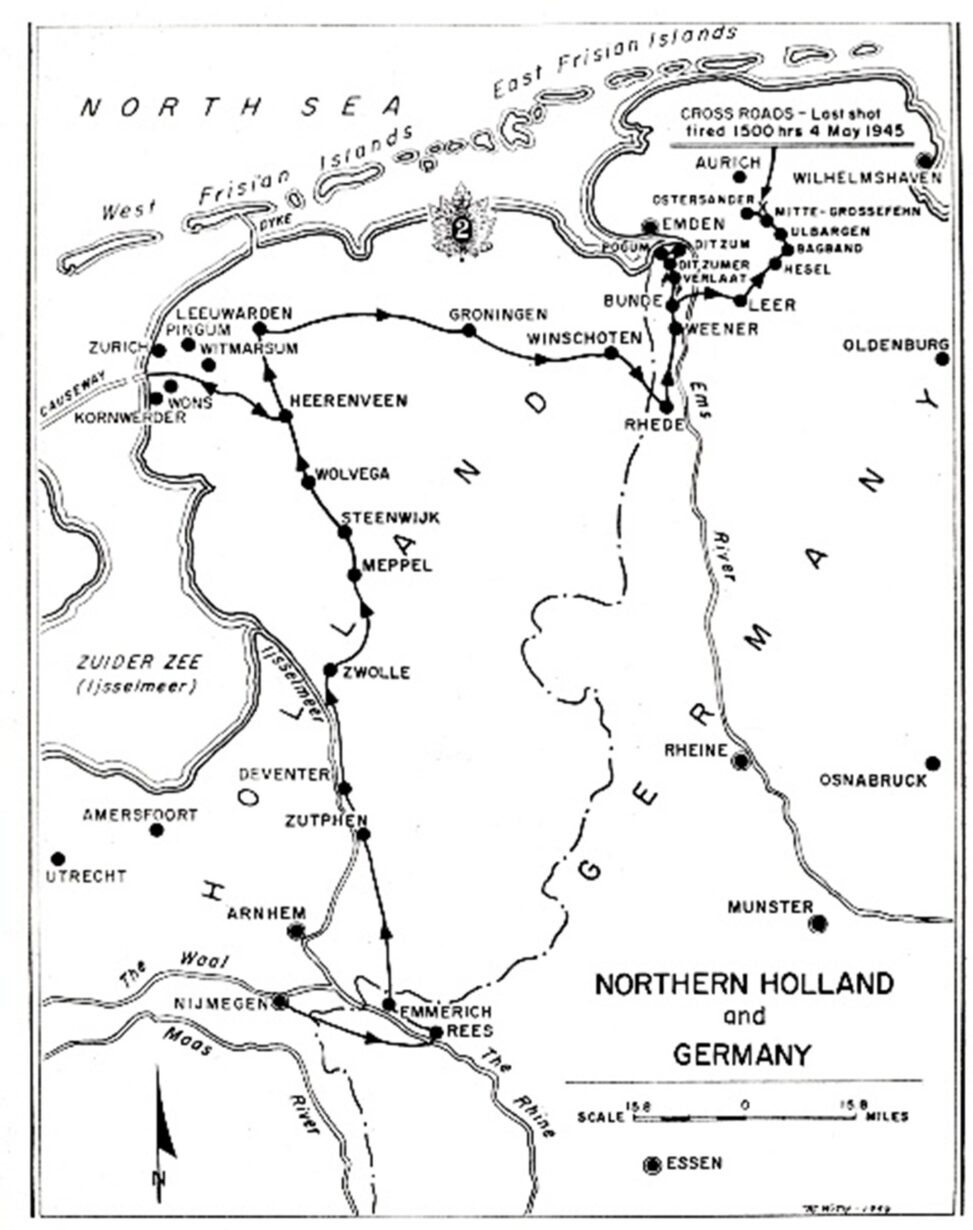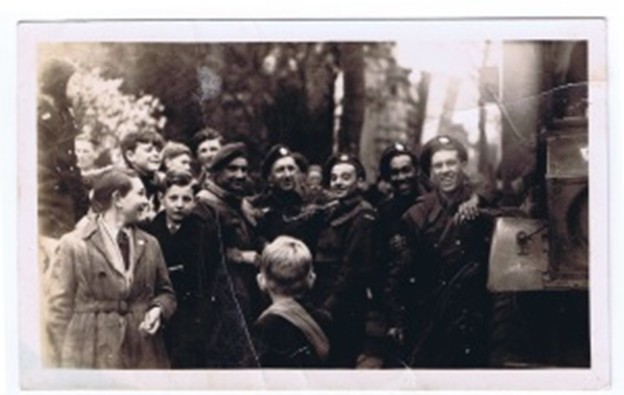The final months of the Second World War were marked by intense fighting as Allied forces pushed to liberate occupied territories and bring the conflict to an end. Among the many brave Canadian regiments that played a crucial role in these efforts, The Queen’s Own Rifles of Canada stood out for their remarkable courage and sacrifice in the liberation of Holland in 1945. Their efforts not only helped free the Dutch people from years of Nazi occupation but also cemented the strong bond between Canada and the Netherlands, a relationship that continues to this day.
A Legacy of Service
The Queen’s Own Rifles of Canada, one of Canada’s oldest infantry regiments, had already established a strong legacy of service by the time they were deployed in Europe during the Second World War. Landing in Normandy on D-Day, June 6, 1944, they were among the first Canadian troops to storm Juno Beach, demonstrating remarkable resilience and determination. Their actions in France, Belgium, and ultimately the Netherlands, showcased their unwavering commitment to the fight for freedom.
The Battle for Holland
By the time the Allies reached the Netherlands in late 1944 and early 1945, the country had suffered immensely under Nazi occupation. Starvation, forced labor, and violent reprisals against resistance fighters had devastated the Dutch population. The Queen’s Own Rifles played a key role in the liberation efforts, pushing through well-fortified German defenses and enduring fierce resistance from enemy forces.
In April 1945, The Queen’s Own Rifles advanced through the eastern and northern regions of Holland. One of their most notable engagements was the assault on the town of Deventer. Fighting street by street, the regiment overcame heavily entrenched German positions, demonstrating exceptional bravery and tactical skill. Their efforts helped secure key supply routes and enabled the continued push into the heart of the Netherlands.

Sacrifice and the Cost of Freedom
The liberation of the Netherlands came at a heavy cost. The Queen’s Own Rifles suffered significant casualties during their campaign, with many young Canadian soldiers giving their lives to free a nation they had never known. Their sacrifice was not in vain. By early May 1945, Canadian forces, including The Queen’s Own Rifles, had successfully liberated large portions of the Netherlands. On May 5, Germany surrendered in the Netherlands, bringing an end to years of suffering for the Dutch people.
A Lasting Bond
The heroism of The Queen’s Own Rifles of Canada, along with other Canadian regiments, left an indelible mark on Dutch history. To this day, the people of the Netherlands express deep gratitude for Canada’s role in their liberation. Each year, Dutch citizens, young and old, honor the sacrifices of Canadian soldiers during remembrance ceremonies and by maintaining the graves of fallen soldiers in immaculate condition.
The liberation of Holland in 1945 was a defining moment in Canadian military history, and The Queen’s Own Rifles of Canada played a pivotal role in this achievement. Their bravery, sacrifice, and unwavering commitment to justice not only secured freedom for millions but also forged a bond between Canada and the Netherlands that endures to this day.
2025: The 80th Anniversary
A delegation 34 currently serving members of The Queen’s Own Rifles of Canada is visiting the Netherlands from May 3 – 10, 2025. There they will be retracing the route of their predecessors as they fought through the Netherlands and liberated towns and key channel ports. They will visit the graves of the 104 QOR soldiers who died while liberating Holland and who are buried in Dutch cemeteries such as Holten Canadian War Cemetery and Groesbeek Canadian War Cemetery.
Delegations such as these are a reminder of the lasting bond between Canada and the Netherlands and an important way to remember and honour those who paid the ultimate sacrifice in the fight to liberate Europe from the Nazis.
Article written in partnership with The Queen’s Own Rifles of Canada Regimental Museum and Archives.
Read More
- Follow the 1945 route of The Queen’s Own Rifles through their war diary as they fight to liberate The Netherlands.
- Profiles of 104 QOR soldiers who died liberating The Netherlands and are buried in Dutch Cemeteries. (Bergen-Op-Zoom Canadian War Cemetery (1), Holten Canadian War Cemetery (29), Groesbeek Canadian War Cemetery (72), Nederweert War Cemetery (1) and Steenderen General Cemetery (1).)
- Learn about the QOR’s May 3-10 NLD80: Return to Europe for the 80th Anniversary of V-E Day and the liberation of The Netherlands.
Feature image: Members of The Queen’s Own rifles in Holland in 1945 (The Queen’s Own Rifles of Canada Regimental Museum and Archives).






